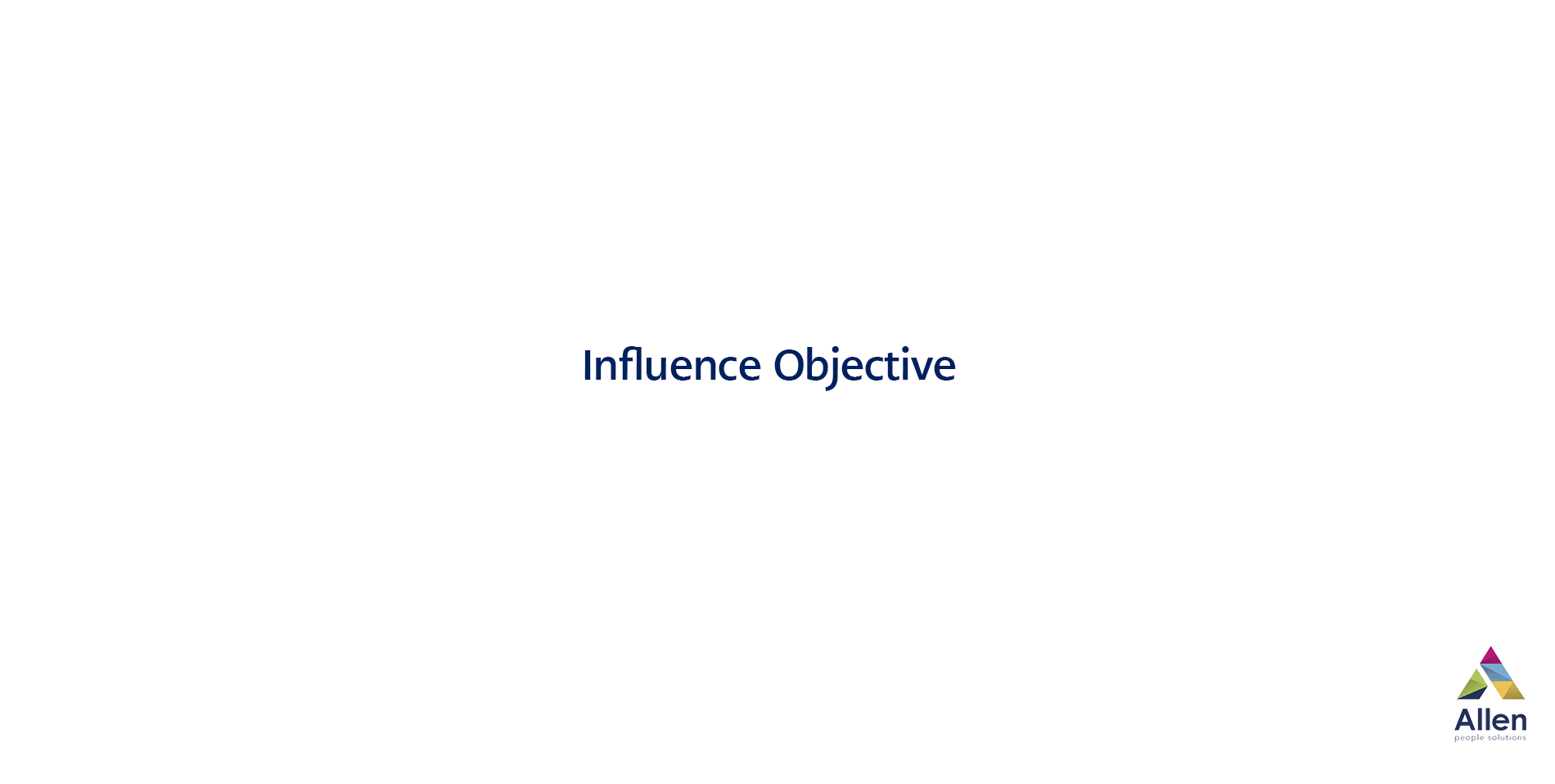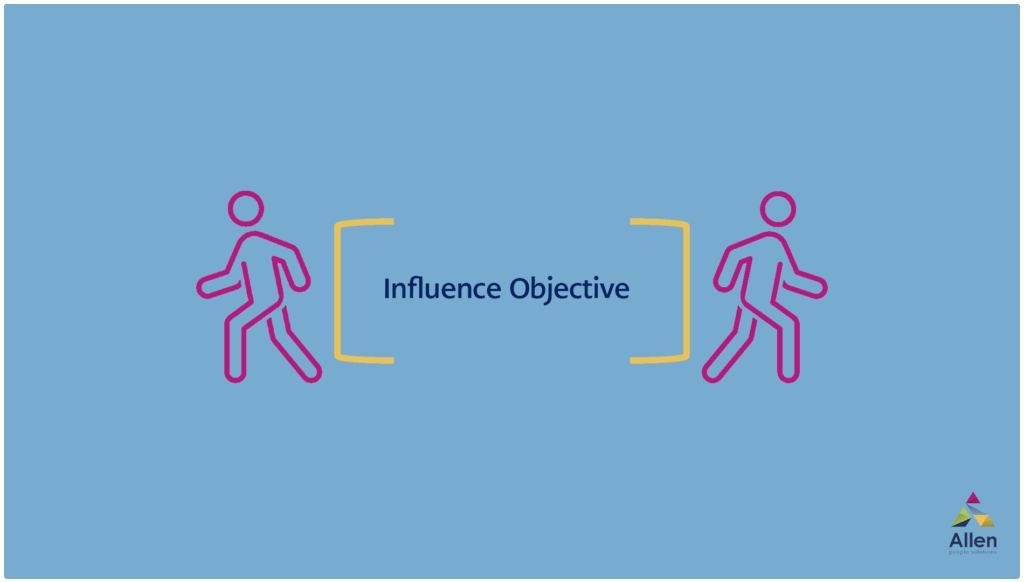
You may be familiar with push and pull influencing styles, but when is it right to use them and when is it best to just walk away?

The Situational Influence Model explores how to use either a push or a pull when trying to influence someone to adopt a course of action, implement necessary changes, comply with what you need them to do, or to resolve conflict or issues.
A push energy is about pushing someone to your way of thinking or your own influence objective whereas a pull energy is about working with someone where you are seeking to understanding of their perspective.
No one way is better than the other. Depending on the situation, there are positives and negatives for both influencing styles…

Positive push behaviours are about using your own energy to state/tell the other person what you want or need to happen or by trying to persuade, urge or force them using logic, facts and figures in line with your objective.
It involves expressing your needs in a way to get the other person or group to accept what you want to achieve, rather than seeking to motivate them to do so.
Persuading involves using reason, facts and figures or by simply stating what you need to happen.


Pull behaviours involving using the energy of others to draw people towards your objective.
Positive pull behaviours are about attracting to influence others.
Pull energy is when you try to attract / entice the other person towards your influence objective.
Attracting is when you come together to work for a common purpose. Sharing the vision and bringing people along with you.
It involves seeking to attract and motivate a person or group secure their buy in, commitment and motivation.
This can be achieved by involving the other person or group, for example, by asking questions and listening and adopting more of a coaching style to find common ground.


You can use your energy to either push, pull or move away. This may happen when you feel you need to hold back or because you don’t have anything to contribute and need time to review your options.
Be careful when you walk away as it needs to be done in a positive way to maintain relationships. It can be seen as constructive but be careful not to let it be perceived as being unproductive. Use the time away to identify what caused the need to disengage – what was the blocker and think about how to move forward and remove these blocks.
Remember…
Research suggests that using one influencing style per situation (either push or pull) can be more effective in most situations than using both styles as they can cancel each other out. It is important to consciously choose a particular influencing style before attempting to influence another and to stick to that style throughout the meeting.
However, you can opt to use a different influencing style with the same recipient on another occasion or after an adjournment. Sometimes the two influencing styles can be used together if a pair of influencers, acting as a team, each employ one of the styles.
Our video essay explains how to implement these influencing styles with example scenarios to help you.
If you want to learn more about influencing styles and how we can help you unlock potential within your business, please click here to get in touch.
Join our newsletter
Sign up to keep up to date with exclusive offers, updates and more.
UK & NI:
ROI:
Email: